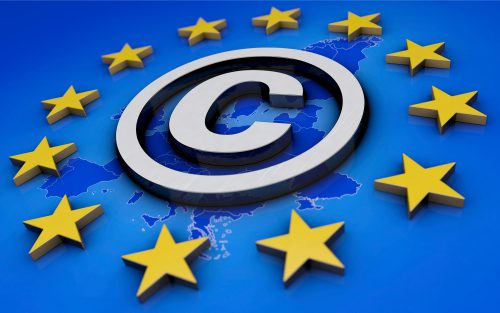 After some updates in recent weeks, the European Unified Patent Court (“UPC”) is back on the agenda. Preparatory work is proceeding swiftly, and the new European Unitary patent system is expected to enter into force in early 2023.
After some updates in recent weeks, the European Unified Patent Court (“UPC”) is back on the agenda. Preparatory work is proceeding swiftly, and the new European Unitary patent system is expected to enter into force in early 2023.
The UPC is an international court set up to rule on the infringement and validity of the new European patents with Unitary Effects (in short, “Unitary patents”) and, under certain circumstances, of the traditional European bundle patents, under the Agreement on a Unified Patent Court (“UPC Agreement”) of February 19, 2013 (the full text of the Agreement is accessible here). This new European patent structure is based on (i) Regulation (EU) No. 1257/2012 of the European Parliament and of the Council of December 17, 2012 implementing enhanced cooperation in the area of creation of unitary patent protection (accessible here); and (ii) Council Regulation (EU) No. 1260/2012 of December 17, 2012 implementing enhanced cooperation in the area of creation of unitary patent protection with regard to applicable translation arrangements (accessible here).
For years, the European Union has been preparing to equip itself with this innovative patent structure focused on the creation of a unitary title, with unitary effect in all member states of the European Union adhering to the new system, without the need for national validation, and with uniform protection throughout the whole territory of the European Union. Since the beginning, this has required a complex system of judicial integration on a pan-European scale.
Italy has participated in this system by ratifying the UPC Agreement with Law No. 214 of November 3, 2016 and creating a local division of the UPC in Milan.
Two pieces of recent news have further paved the path to the UPC: first, the Administrative Committee (which leads preparations for the Unified Patent Court) appointed experienced intellectual property professionals to the body assisting the appointment and training of Judges of the Court, its Advisory Committee (press release available here). In addition to adopting the Committee’s Rules of Procedure, and thereby establishing its legal framework, the Administrative Committee also adopted important tools from UPC secondary legislation (including UPC Service and Staff Regulations).
Second, the Advisory Committee started to interview candidates for positions as judges of the court, and the interviews are expected to continue through May. The Advisory Committee will then provide recommendations to the Administrative Committee, which eventually will appoint judges to the Court. According to the current timeline, judges will be appointed before summer.
While the administrative structure of the UPC is being built, some amending proposals on the Rules of Procedure of the UPC (full text available here) are also being advanced. Interestingly, one such proposal calls for UPC decisions and orders, as well as written pleadings and evidence, to be made available to the public only “upon reasonable request”, in application of data privacy regulation; the judge rapporteur would decide whether access can be granted after consulting the parties.
The current version of that rule dictates that all these documents be available to the public unless a party has requested that certain information be kept confidential and provided specific reasons for such confidentiality.
This proposal has engendered heated debate. Many operators have highlighted how important it is for the parties to these new proceedings to have access to court decisions in order to understand case law and adapt their litigation strategies. It is also important for these decisions to be publicly available to build confidence and trust in the soon-to-be-created UPC.
One thing is for certain: creation of the UPC is moving forward, and it will give rise to many issues and new challenges for the European patent community.


